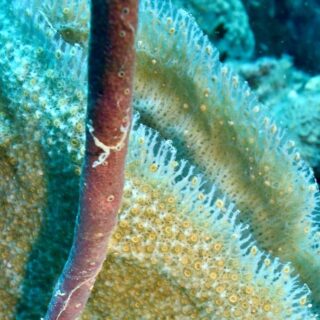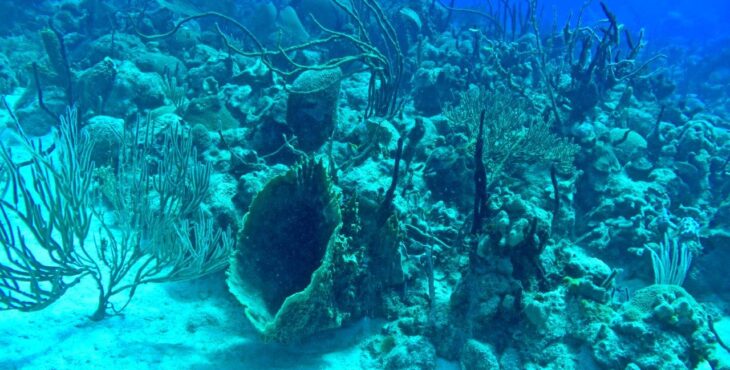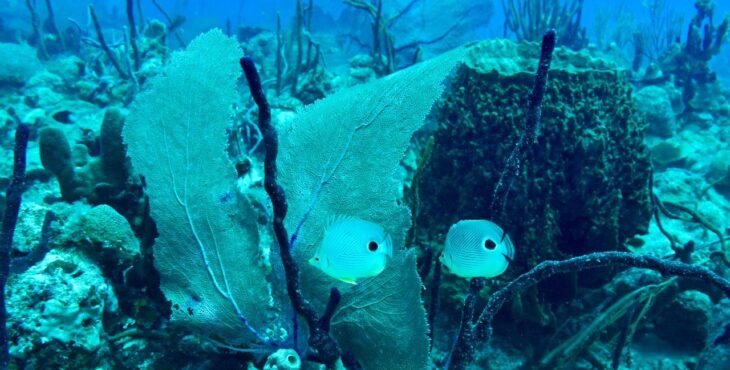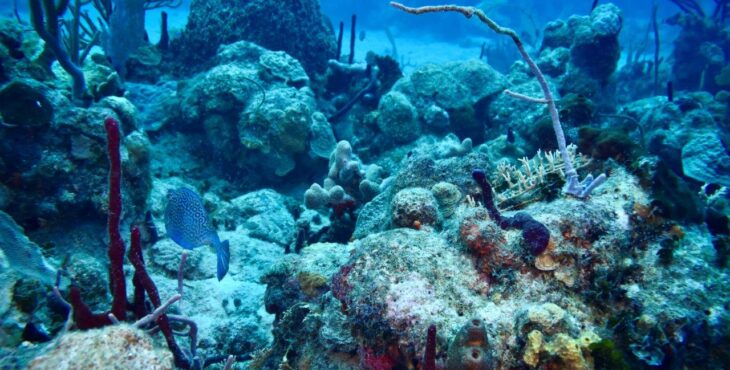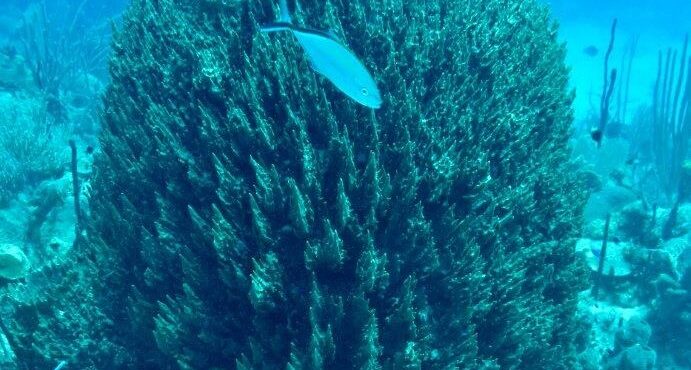A coral microscope
This new underwater microscope allows divers to study corals directly on the reef

This new underwater microscope allows divers to study corals directly on the reef

Articolo riservato agli utenti registrati
Sali a bordo della community DN Plus.
Per te, un'area riservata con: approfondimenti esclusivi, i tuoi articoli preferiti, contenuti personalizzati e altri vantaggi speciali
Accedi RegistratiScientists from the Scripps Institution of Oceanography at the University of San Diego California, have developed a new tool to learn more about the hidden processes that support the life of corals. This diver-operated microscope – called the “Benthic Underwater Microscope Imaging PAM” (or BUMP) – uses pulse amplitude modulated (PAM) light techniques to “offer an unprecedented look at coral photosynthesis” on a microscopic level.
In a study recently published online, researchers explain how this technology makes it possible for researchers to study the health and physiology of coral reefs in their natural habitat. Essential to life on Earth, evaluating marine photosynthesis is of fundamental importance. Photosynthesis occurs in spatially distinct microscopic entities of various biological organisation, from subcellular chloroplasts to micro and macro algae, and it is influenced by environmental conditions. Therefore, being able to map, on location, the efficiency of photosynthesis on the appropriate scale is very promising in order to learn more about these processes.
In order to reach this objective, researchers have designed, built and tested an underwater microscope that, through an array of high-magnification lenses and focused LED lights, captures vivid colour and fluorescence images of chlorophyll A with near-micron level resolution, measuring the structure and photosynthesis levels of benthic life. According to Or Ben-Zvi, a researcher from Scripps University and main author of the study, the new microscope, funded by the National Science Foundation will help scientists identify exactly what causes coral bleaching and provide useful information for remediation efforts.
The microscope is already yielding new insights into the relationship between corals and the symbiotic micro-algae that support their health, revealing just how well individual algae photosynthesise within its host’s coral tissue. This microscope is a huge technological leap in the field of coral health assessment. The new microscope is small enough to fit in hand baggage and light enough to be used by an individual diver on the ocean floor without the need for assistance.
Working in collaboration with the Smith Lab at Scripps Oceanography, Ben-Zvi has tested and calibrated the instrument at several coral reef hotspots around the globe: Hawaii, the Red Sea, and Palmyra Atoll in the northern Pacific. The observations carried out so far have confirmed that the imaging system can provide innovative research on the health and physiology of benthic life on location, placing them in the context of their physical and biological environments.
Photosynthesis is of fundamental importance, as it is the basis for the health of coral reefs, which are some of the most productive and diverse ecosystems on the planet, contributing to the production of oxygen, fixing carbon, and the nutrient cycle. Photosynthesis in coral is attributed to symbiotic microalgae, with a diameter of less than 10 μm; previously, there were no methods to map the photosynthesis efficiency of each cell on location. We hope, therefore that these new instruments, together with an innovative methodology, will provide us with a way to keep these marvellous coral reefs healthy.
